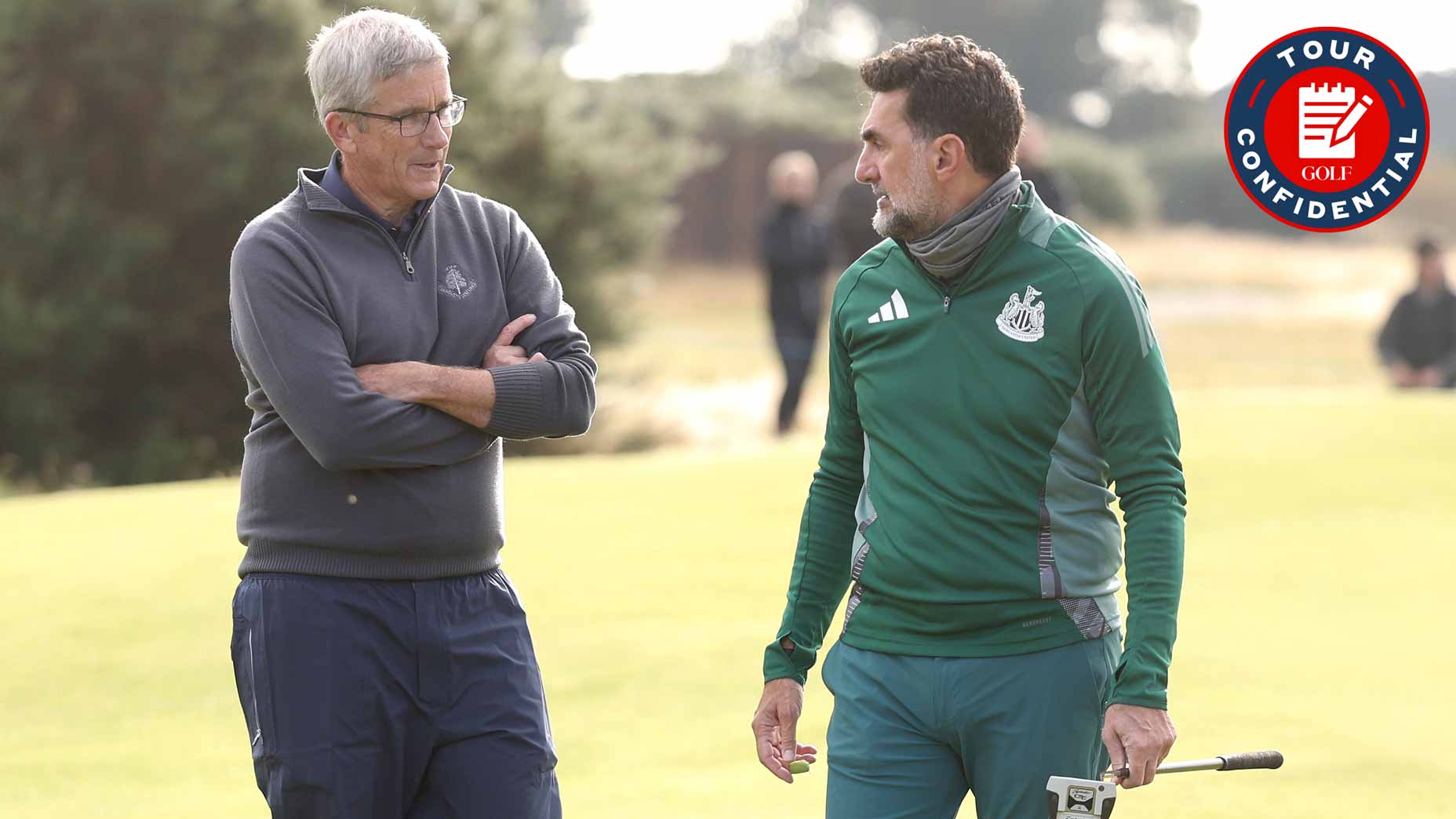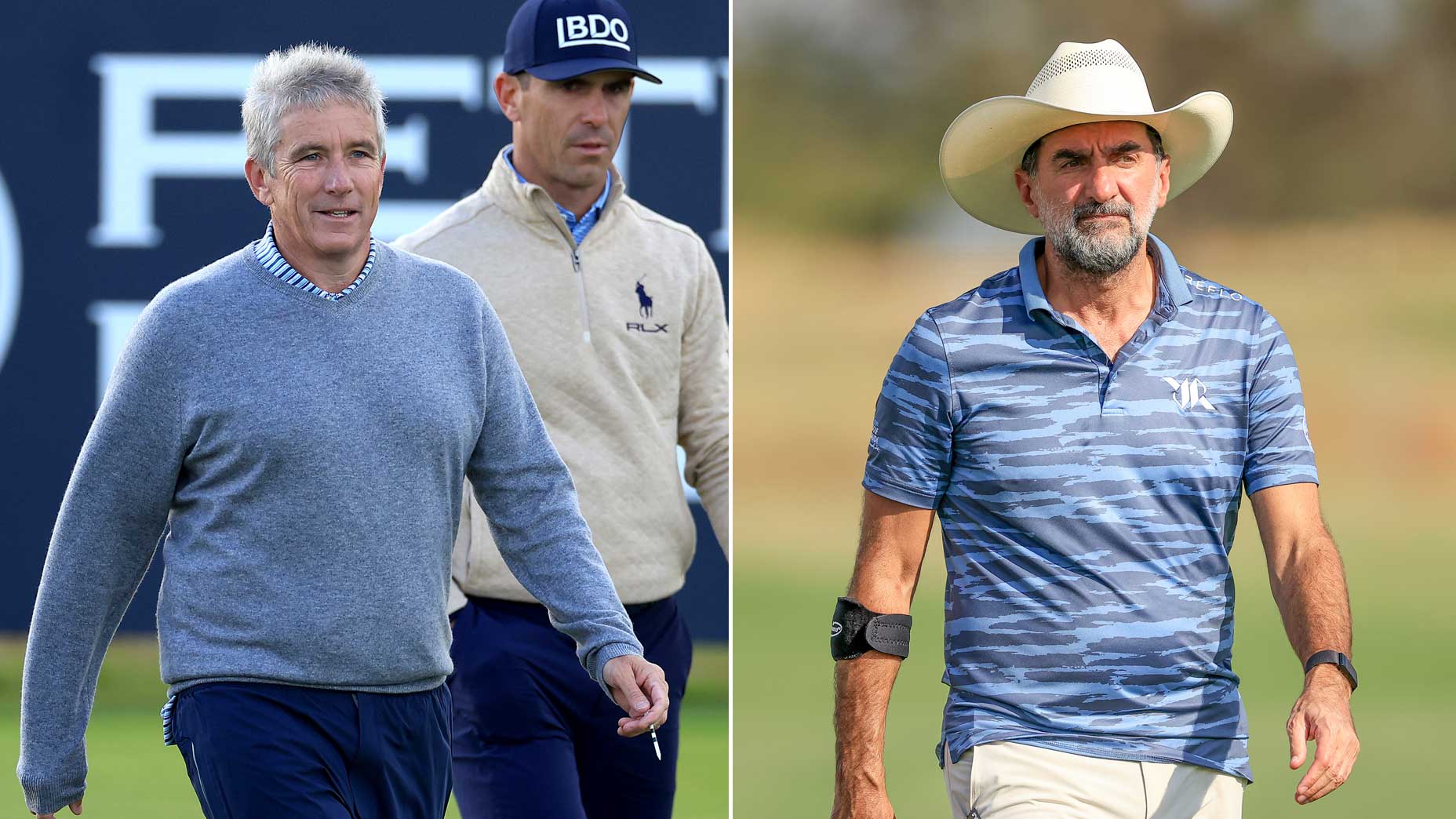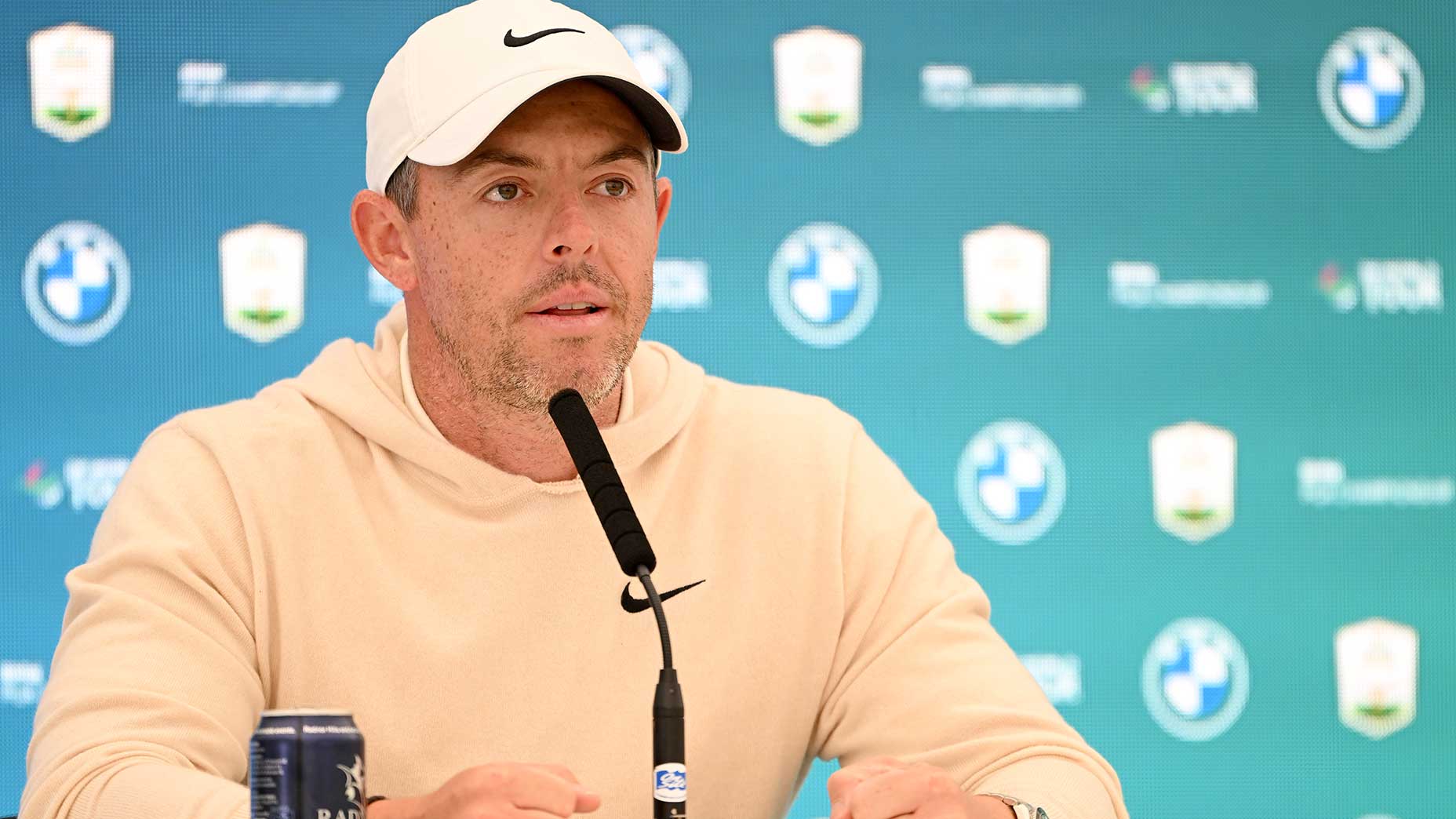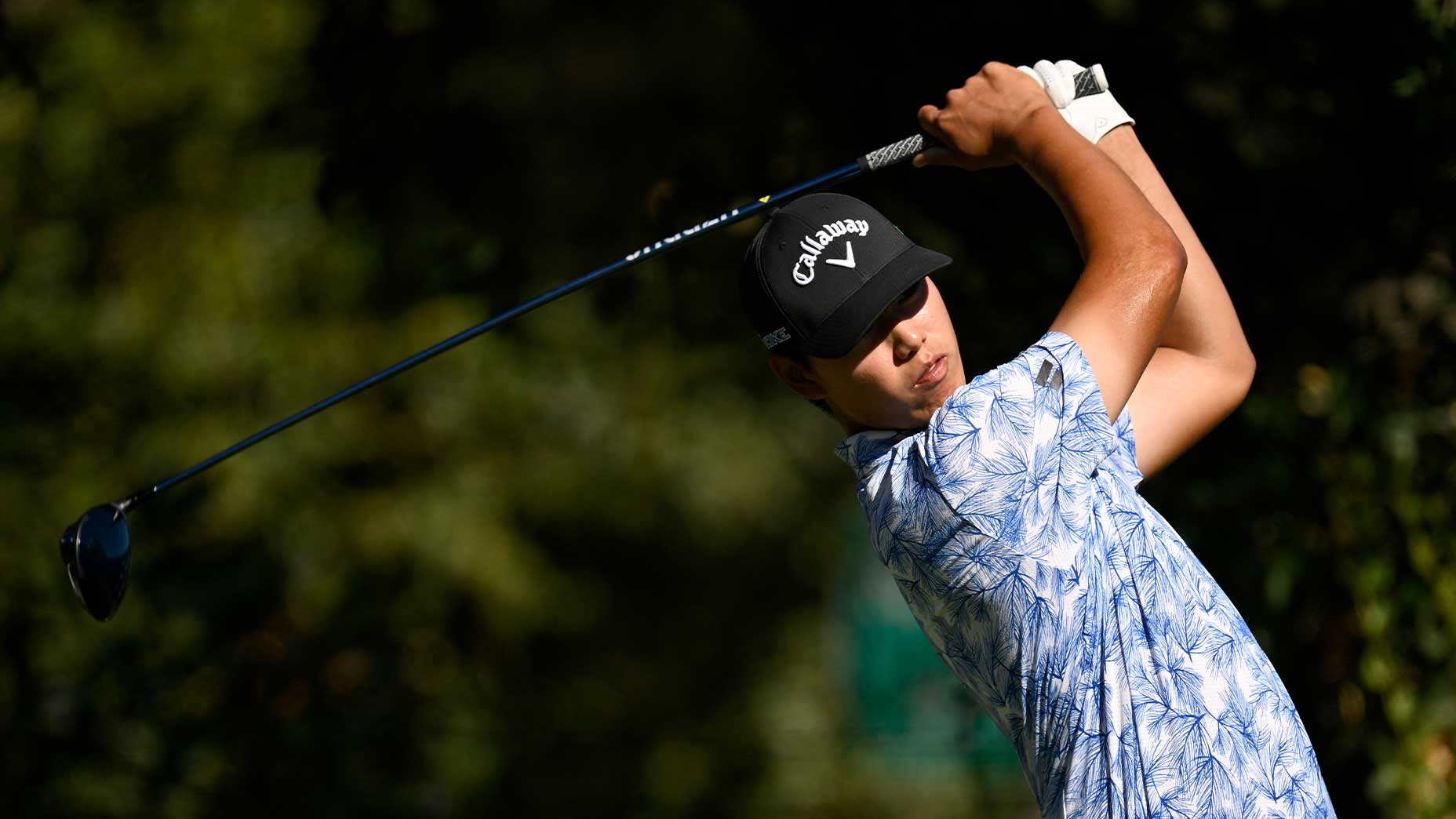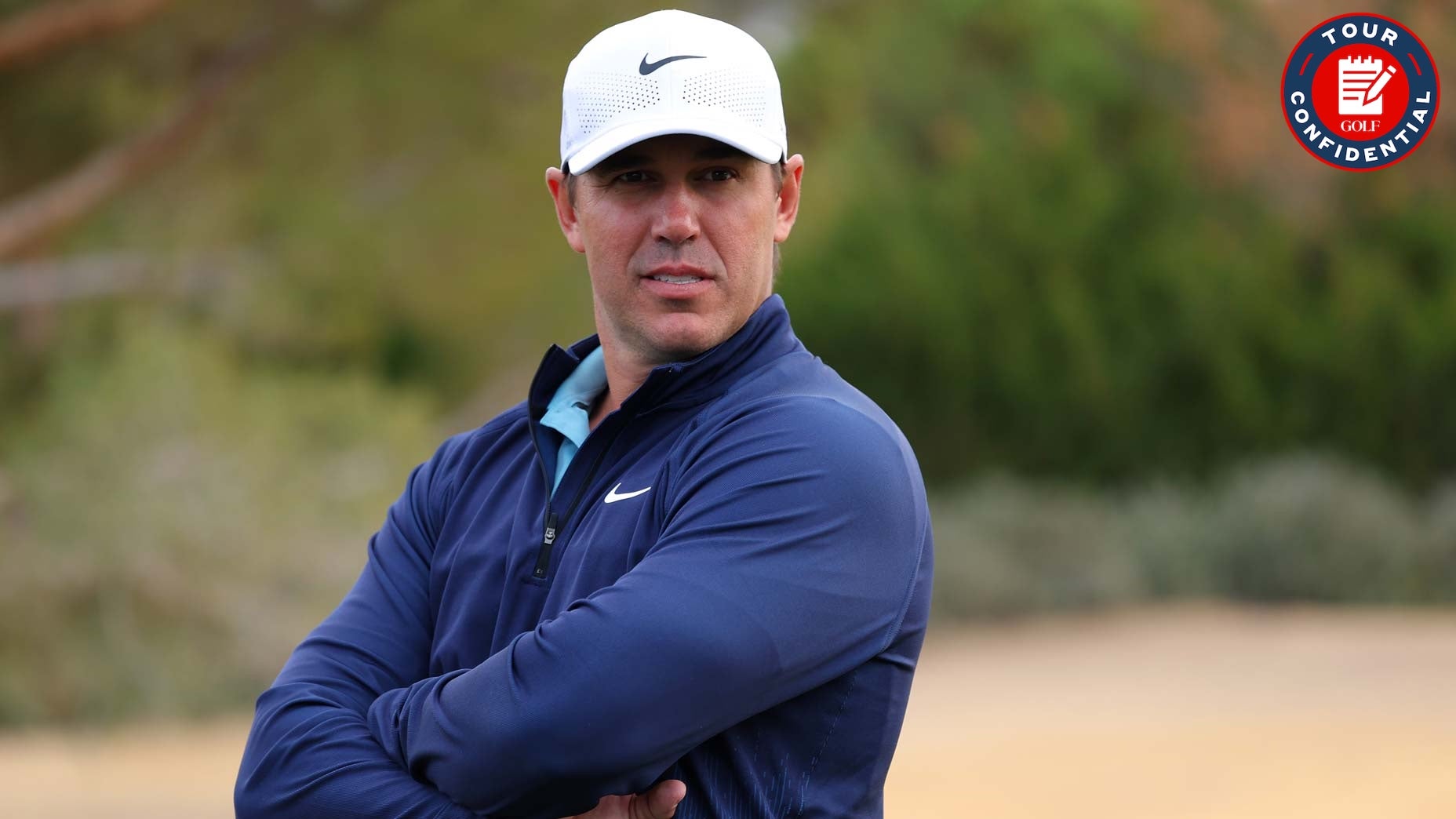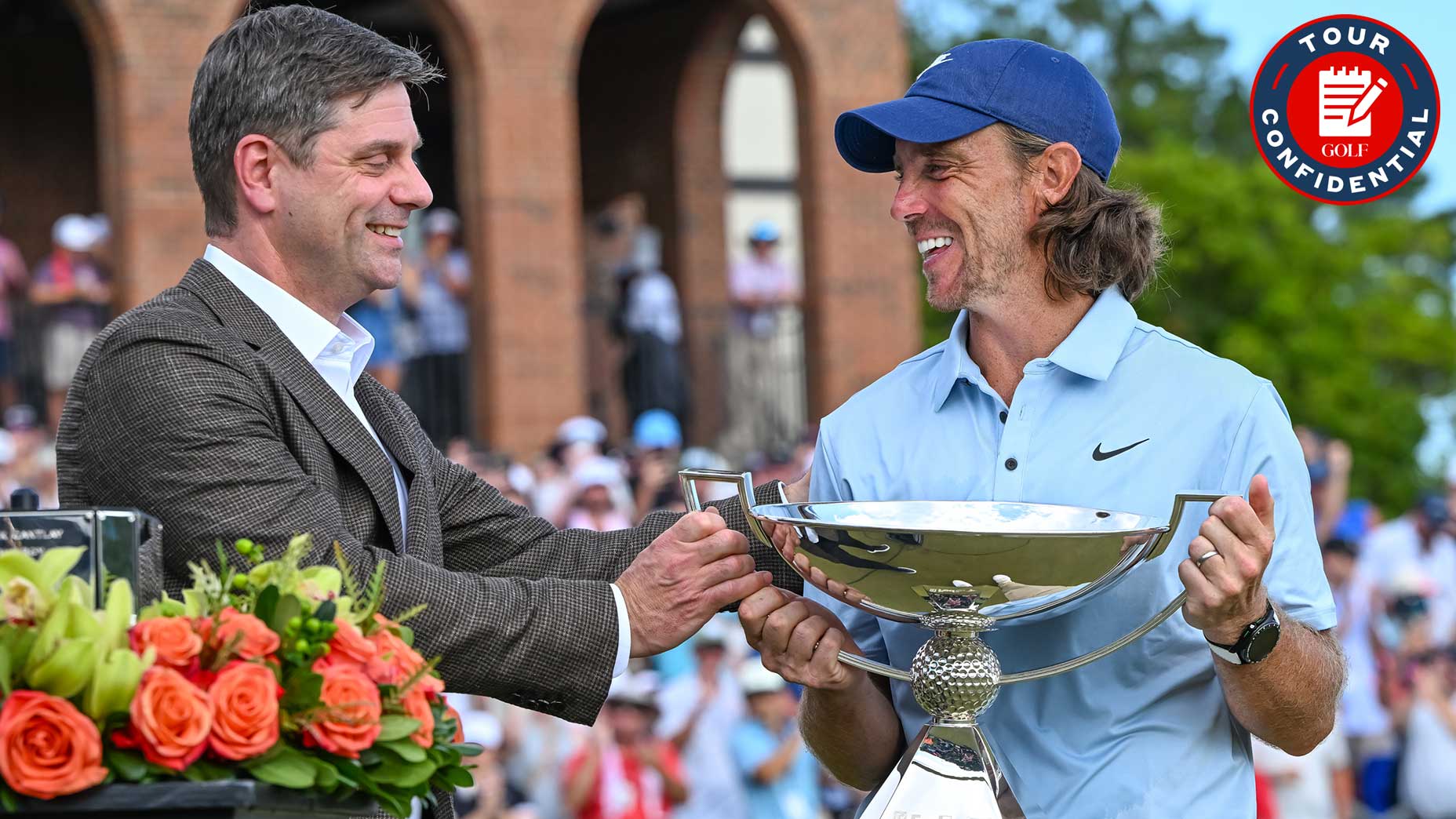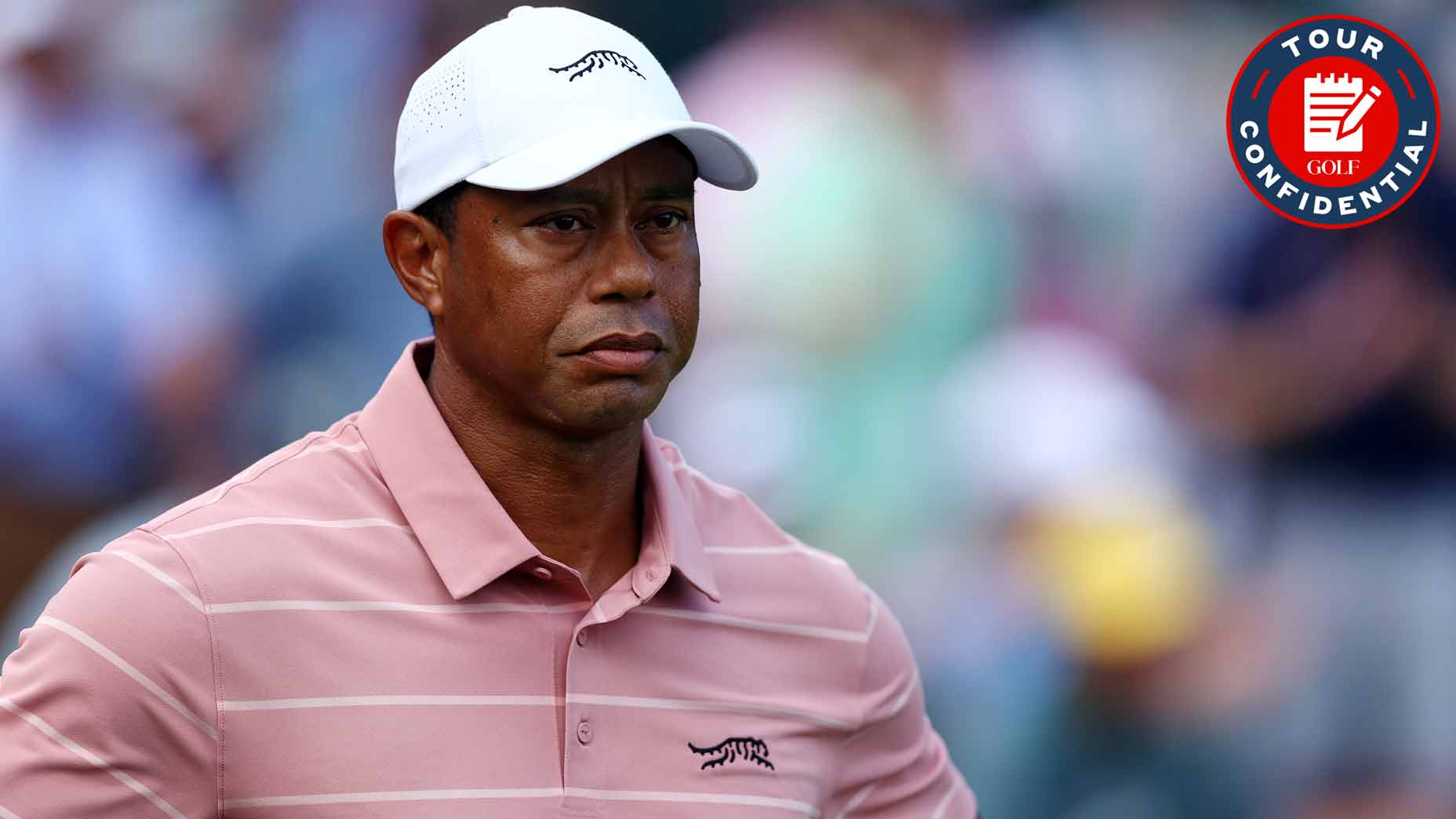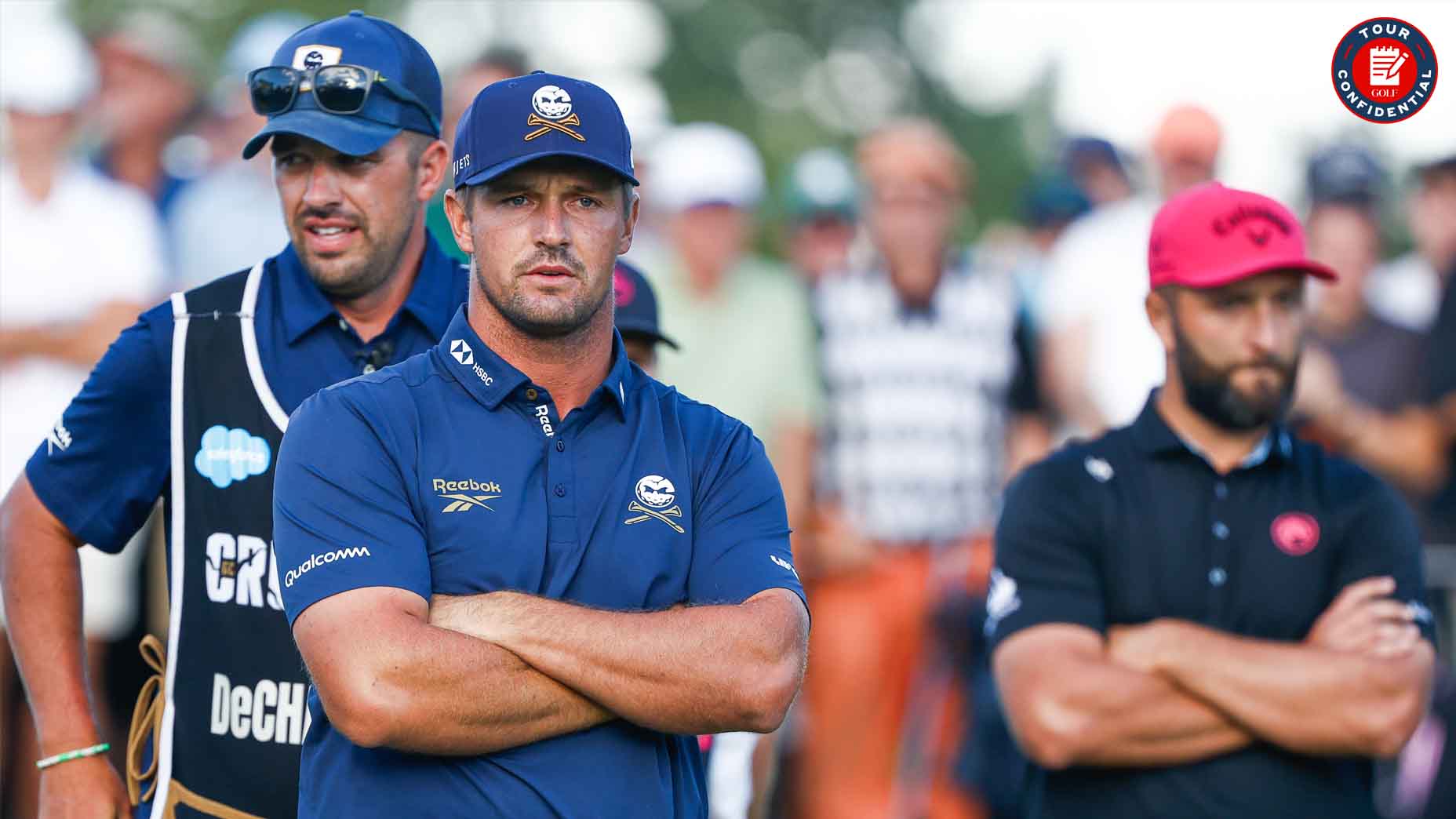Check in every week for the unfiltered opinions of our writers and editors as they break down the hottest topics in the sport, and join the conversation by tweeting us at @golf_com. This week, we discuss the status of pro golf’s merger, the most recent Korn Ferry Tour grads, a player turning down a Masters invite and more.
There were some curious pairings at last week’s Alfred Dunhill Links Championship, as PIF governor Yasir Al-Rumayyan, PGA Tour commissioner Jay Monahan and Rory McIlroy all saw time playing together during the first three rounds. We’ll take a guess and say pairings like this don’t happen by chance. What do you make of them? And does it give you any clues about the state of golf’s current merger?
PGA Tour, PIF pairings raise eyebrows on DP World Tour this weekBy: Kevin Cunningham
James Colgan, news and features editor (@jamescolgan26): It was the continuation of a unifying theory I first learned as a local club caddie almost a decade ago: Golf is a powerful social lubricant. It would benefit these dudes to share some common turf every few weeks for the sake of golf, and a pro-am is one (high-profile) way to do so. It means nothing — nothing — for the pace of the merger. But that’s okay.
Josh Sens, senior writer, (@joshsens): It’s optics. No more, no less. Zero impact on the merger itself. On the other hand, imagine how it would look if they all showed up at the same high-profile pro-am and didn’t spend time together on the course? There was really no other choice.
Dylan Dethier, senior writer (@dylan_dethier): Those photos don’t lie: these are men who know it’s in each of their best interests to be in business together. Also, this appearance represents something of a victory for Al-Rumayyan, who seems to have achieved full assimilation at one of golf’s highest-profile parties just a couple years after his LIV startup ripped a hole in the middle of pro golf. Something is coming. Very slowly.
Whose role is most important in dealings like this? Rory McIlroy as a middleman? Al-Rumayyan as the man with leverage? Or Monahan as the commissioner who’s under pressure to bring the sport together?
Rory McIlroy explains problem LIV defectors would have as Ryder Cup captainsBy: Josh Berhow
Colgan: It’s definitely not Rory, who is, it should be remembered, a golfer and not an expert in M&A. The pressure on Monahan to keep his Tour and golf afloat is tremendous, but secretly, so is the pressure on Al-Rumayyan, whose hopes of Saudi legitimacy in golf still very much remain in question.
Sens: Ultimately, it’s about money, so in that sense, Al-Rumayyan has the most sway. But Rory has an interesting role as a former Tour hardliner who now stands as the game’s highest-profile globalist, inclined toward striking conciliatory tones. You can throw all the money you want at a product, but in the end, you need interesting performers to make the show work. And Rory is the game’s most powerful figure in that regard who is still competitively relevant.
Dethier: Jay and Yasir need each other for their respective organizations to realize long-term success, but there are also short-term incentives for them to be at war. Rory is crucially important as a high-profile peacemaker who can bridge that gap ASAP. But that doesn’t mean everybody on both sides will like it.:.
Wenyi Ding, 19, won the Asia-Pacific Amateur on Sunday, which also awarded him a spot into the 2025 Masters and Open Championship. The problem? He won’t go. Ding said he plans to turn pro through the DP World Tour’s Global Amateur Pathway, which means he will no longer have the amateur status he needs to retain his major championship invites. While Augusta National and the R&A can still invite players at their discretion, would you like to see golf’s governing bodies (including the USGA and the U.S. Open, for example) waive this bylaw and let qualified amateurs compete even after turning pro?
This golfer just punched a Masters ticket, but he’s saying he won’t goBy: James Colgan
Colgan: Changing the eligibility rules is probably the most reasonable outcome, but I honestly don’t think it matters. The amateur competitor still means something in golf, and I like the spirit of amateur-only exemptions. The problem is that no golfer should ever withhold turning pro for the sake of a major championship invite. It seems like there’s ample room for cooler heads to prevail here, and I figure they will.
Sens: Keep the bylaw. If he needs/wants the money that badly, let him go for it but the rules shouldn’t bend around him to let him into majors. Surely principle can still triumph over profit in some corners of the game, right? Maybe? Anyone? Bueller?
Dethier: It feels cold-hearted to say but I have no problem with Augusta keeping this to amateurs only. If you’re going to be a pro, qualify as a pro. Let’s keep our amateur exemptions for amateurs. Maybe give the spot to the runner-up, if the winner turns pro? But I hope Ding makes it to the Masters soon through another pathway.
With intentions to “modernize the broadcast,” the PGA Tour tested in-round player interviews at last week’s Sanderson Farms Championship (71-year-old Reed Hughes chatted briefly with Golf Channel’s Todd Lewis on Thursday) and there are plans to test out more nontraditional innovations during Friday rounds. While we’re all for spicing up the broadcast, if the Tour really wanted to make waves in this space, what would you suggest they incorporate in 2025?
PGA Tour promised broadcast changes. Tests of new feature begin this weekBy: Sean Zak
Colgan: I think the problem with golf TV isn’t innovation — it’s finances. The networks in charge of broadcasting golf television don’t always have financial incentives that line up with serving quality coverage to viewers. When the financial math of putting golf on TV requires more commercials, interruptions and sponsor-reads per hour than the average fan wants to consume, you wind up where we are. If you’d like to change golf TV, you have to change that. Then add some tracers.
Sens: James is our expert in the golf media landscape, and he has pretty much nailed it. Beyond that, from where I sit, the next most effective innovation would be to do away with as many of the nothing-burger events as possible so you’re not trying to force-feed the viewing public events that are nearly impossible to get excited about. I realize it’s not that simple, though. So in the meantime, anything the Tour can do to help fans get to know the players and show us that they aren’t all just collared-shirt-and-cap-wearing carbon copies of one another. On-course interviews. Up close and personal features. This is the age of shallow influencer culture. If you’re not showing the most dominant players, you have to somehow showcase their personal ‘brands.’
Dethier: I have to laugh at the framing here; there’s nothing more golf than rolling out a “modernization innovation” via an interview with a 71-year-old competitor. But Hughes’ story is cool and trying new stuff is cool. Keep at it! I don’t think many people will watch until the spring — unless we see Tiger in December — so there are a couple of low-risk months for Tour beta mode.
Thirty PGA Tour cards for the 2025 season were handed out at the conclusion of Sunday’s Korn Ferry Tour Championship. Give us one name to watch next year.
These 30 Korn Ferry Tour players just earned their 2025 PGA Tour cardsBy: Jack Hirsh
Colgan: How about the top finisher in the whole dang thing? Braden Thornberry was a super decorated amateur player, winning the Haskins Award and NCAA Individual Championships in the late 2010s. He forfeited invites to the U.S. and British Opens in 2018 in order to turn pro … and then fell off the map. He’s played the last five years on the KFT, and he finally broke through on Sunday to earn his Tour card for ‘25.
Sens: Past performance is no guarantee in golf, but if you like your young pros to come with top collegiate pedigree, watch for Karl Vilips, a Stanford Cardinal by way of western Australia, just 23 years old, which no longer seems as young as it used to. There’s a mature head on those young shoulders. Let’s see where it takes him
Dethier: The player in the best form is Matt McCarty, who has been on a steady ascent since turning pro, won three times in six starts to earn a battlefield promotion to the big Tour and enters as top dog. But I admit I’m intrigued by Tim Widing. He will join an increasingly competitive group of players vying for the title of second-best Swede (Ludvig’s lead is safe for now), he lives in San Luis Obispo, which is cool and different, and (not to lean too hard into Swedish stereotypes) I can’t help but see his name and think he could be a world-famous DJ throwing down a killer EDM set to a packed club in Vegas or, like, Ibiza. But the Tour’s not bad, either.
